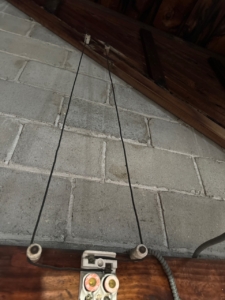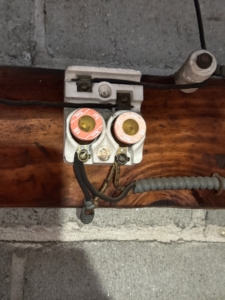Cornerstone Home Inspection is proud to now be a member of WAFRP. The Wisconsin Association of Foundation Repair Professionals – WAFRP – was founded in 2002 to address inconsistencies in foundation repair methods in Wisconsin.
In 2003, WAFRP developed the Best Management Standards for Foundation Repair which were then adopted by the Building Inspectors Association of Southeast Wisconsin.
In 2017, WAFRP worked in conjunction with the municipal building inspectors to incorporate the WAFRP Foundation Repair Standards into the Wisconsin Building Code.
Click here to take a look at our WAFRP Brochure and Member List.
WHO ARE WAFRP MEMBERS?
- Foundation Repair
- Foundation Consulting
- Drain Tile Testing
- Concrete Repair and Replacement
- Crack Injection
- Mudjacking
- Piering
- Home Inspectors
- Structural Engineering
- Legal/Expert Witness
- Material Suppliers
- Heating, Ventilation and Air Conditioning
- Plumbing
- Trucking Services
WAFRP is the source for foundation repair standards and practices. Being a member brings us even closer to the source for changing standards and information on new technology and fixes for cracked or moving basement foundation walls. This is a game changer!
Visit our website for more information or to schedule an inspection.

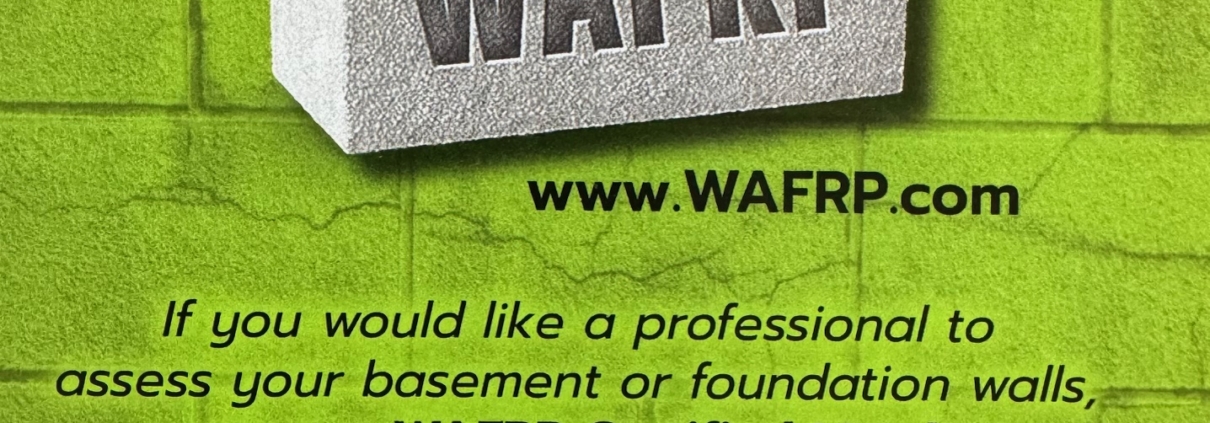
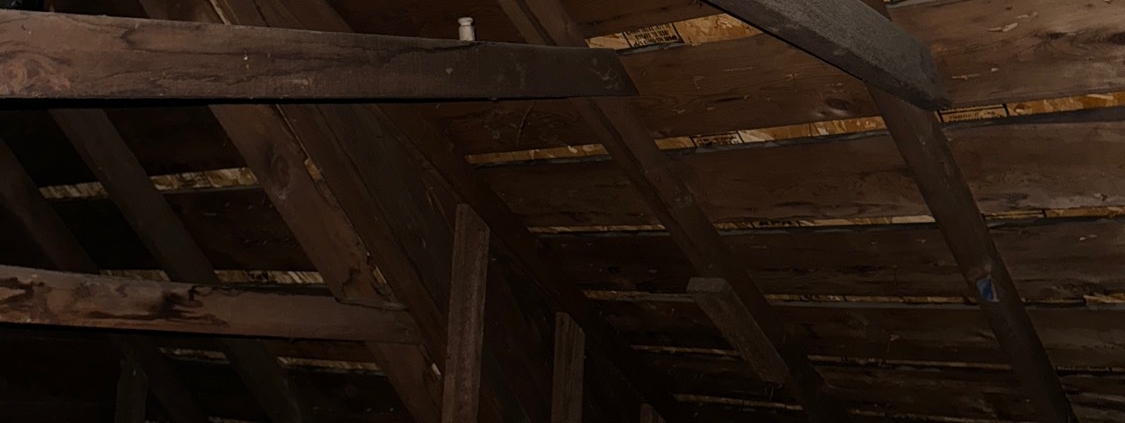
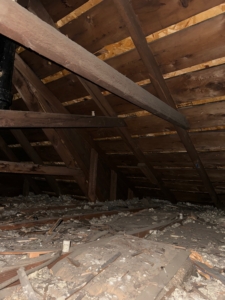 From Wikipedia: Knob-and-tube wiring (sometimes abbreviated K&T) is an early standardized method of
From Wikipedia: Knob-and-tube wiring (sometimes abbreviated K&T) is an early standardized method of 